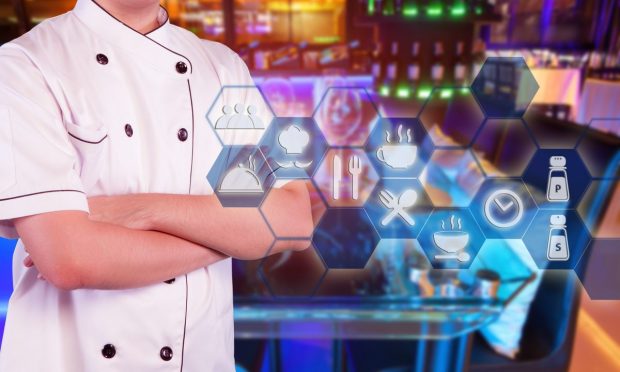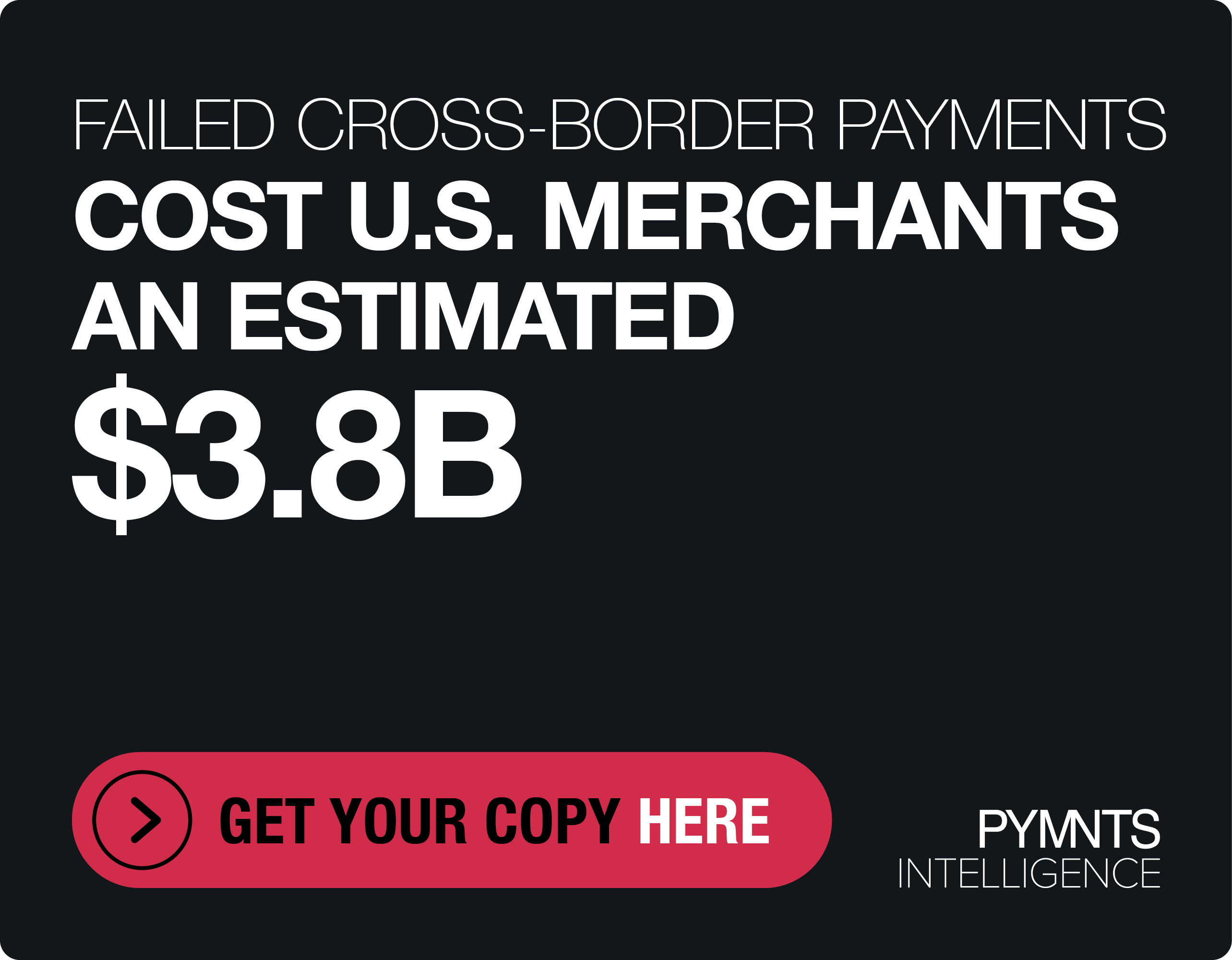FAT Brands CEO Predicts the IoT Future of ResTech

Where ghost kitchens were once primarily the purview of the most experimental restaurant brands or of digitally native virtual brands, since the start of the pandemic, they have become a staple of the industry. Now, ghost kitchens are appearing in top grocery stores such as Walmart and Kroger. Major restaurant brands including Wendy’s and Nathan’s Famous are using the model to accelerate their expansions.
For FAT Brands, the global franchising company behind 14 major restaurant brands including Fatburger, Johnny Rockets and Round Table Pizza, ghost kitchens are helping the company grow throughout the Middle East, in partnership with managed cloud kitchen platform Kitopi. Of the 206 new Middle East locations announced earlier this month, 70 will be ghost kitchens.
“The benefit of ghost kitchens is that they allow you to seed a market where you don’t presently have brick-and-mortar locations,” Andy Wiederhorn, CEO of FAT Brands, told PYMNTS in an interview. “You can also see how they perform and how customers react to them. They’re a good indicator of what customers are looking for in the market, and [they] help pave the way for brick-and-mortar restaurants.”
The Beverly Hills-based franchising company opened its first ghost kitchen back in November of 2020, opening its virtual doors in Philadelphia with a delivery-only location featuring foods from the company’s Elevation Burger and Hurricane Grill & Wings brands.
Hitting the Big Time
This mainstream-ification of the ghost kitchen currently happening resulted from the dramatic rise in off-premises ordering occasioned by the pandemic.
“Delivery adoption has far exceeded what was an already impressive growth trajectory,” noted Wiederhorn. “The shift to online ordering also accelerated dramatically.”
Sure enough, data from the PYMNTS study The Bring-It-To-Me Economy, created in collaboration with Carat from Fiserv, find that 58% of U.S. consumers are ordering food online more than they were before the pandemic, with 48% ordering from restaurants’ websites and having the food delivered to their homes more often and 46% ordering from restaurants’ websites for pickup more often.
Read more: Bring-It-To-Me Economy Ascends As Consumers Embrace Home-Centric Lifestyles
The company has been going all in on digital in 2021. In January, it announced the launch of online ordering, including delivery options, for all its brands. Now, FAT Brands’ goal is to seize on this shift to open successful restaurants without the capex spend typically associated with opening a whole new restaurant.
Weiderhorn explained, “Our goal is to achieve sufficient sales from ghost kitchens so that an operator is profitable, and customers can access our brands. That is [our] definition of success.”
Minding the Store
Even with these investments in digital-only locations, Wiederhorn notes that physical stores are essential to the company’s ability to build connections with consumers.
“Brick-and-mortar locations are great in that you can experience the concept and its respective environment that makes it unique,” he said.
He noted that, as consumers have grown more comfortable returning to restaurants, many are continuing to “seek out” opportunities to dine on premises, because they “missed the experience.” He noted that brick-and-mortar locations have average unit sales than their digital counterparts.
Data from PYMNTS’ 2021 Restaurant Readiness Index, a collaboration with Paytronix, find that almost two-thirds (63%) of restaurant sales are generated through channels that involve interacting with the physical store — indoor dining, outdoor seating, pickup and mobile order-ahead.
With the digital shift occasioned by the early months of the pandemic, digital technologies are now key to restaurants’ success not just in online ordering but also in physical restaurants. The Index found that 82% of top-performing restaurants offer the ability to pay with digital wallets, compared to just 24% of bottom performers, and 92% of top performers offer loyalty programs, compared to just 21% of bottom.
Related news: QSRs’ Lagging Loyalty-Reward Investment Hurts Innovation And Sales
Weiderhorn noted that one of the most essential in-restaurant tech upgrades that the company has made in the recent past is upgrading its point of sale (POS) system. Almost exactly a year ago, Revel Systems announced that FAT Brands was implementing its POS technology.
“Outdated POS systems can set back the modernization of restaurants,” Weiderhorn said. “New cloud-based systems allow for quick and easy pivots that lead to a comprehensive ecosystem encompassing delivery, loyalty, mobile payments, apps and more software solutions.”
The Connected Kitchen
Within the next year, Weiderhorn believes that new digital solutions will emerge to reduce the amount of labor required to operate physical restaurants, automating basic tasks.
“I don’t think people want robots to replace good servers, but there are exciting opportunities to improve everything from speed of service to overall efficiency,” he said.
He noted that there are opportunities for digital technologies to increase the speed of service, to ease restaurants’ labor struggles, and to boost margins to offset the cost of rising wages. Looking a few more years into the future, he believes that the entire experience will be digital.
“Five years from now, I think restaurants in general will be built upon the internet of things,” said Weiderhorn. “Customers will place an order on their phone or in-store, which will then notify a restaurant’s POS system, which will talk to the grill, who talks to the fryer, who talks to the walk-in fridge, who makes an order to the potato supplier without a manager or cook having to lift a finger.”
